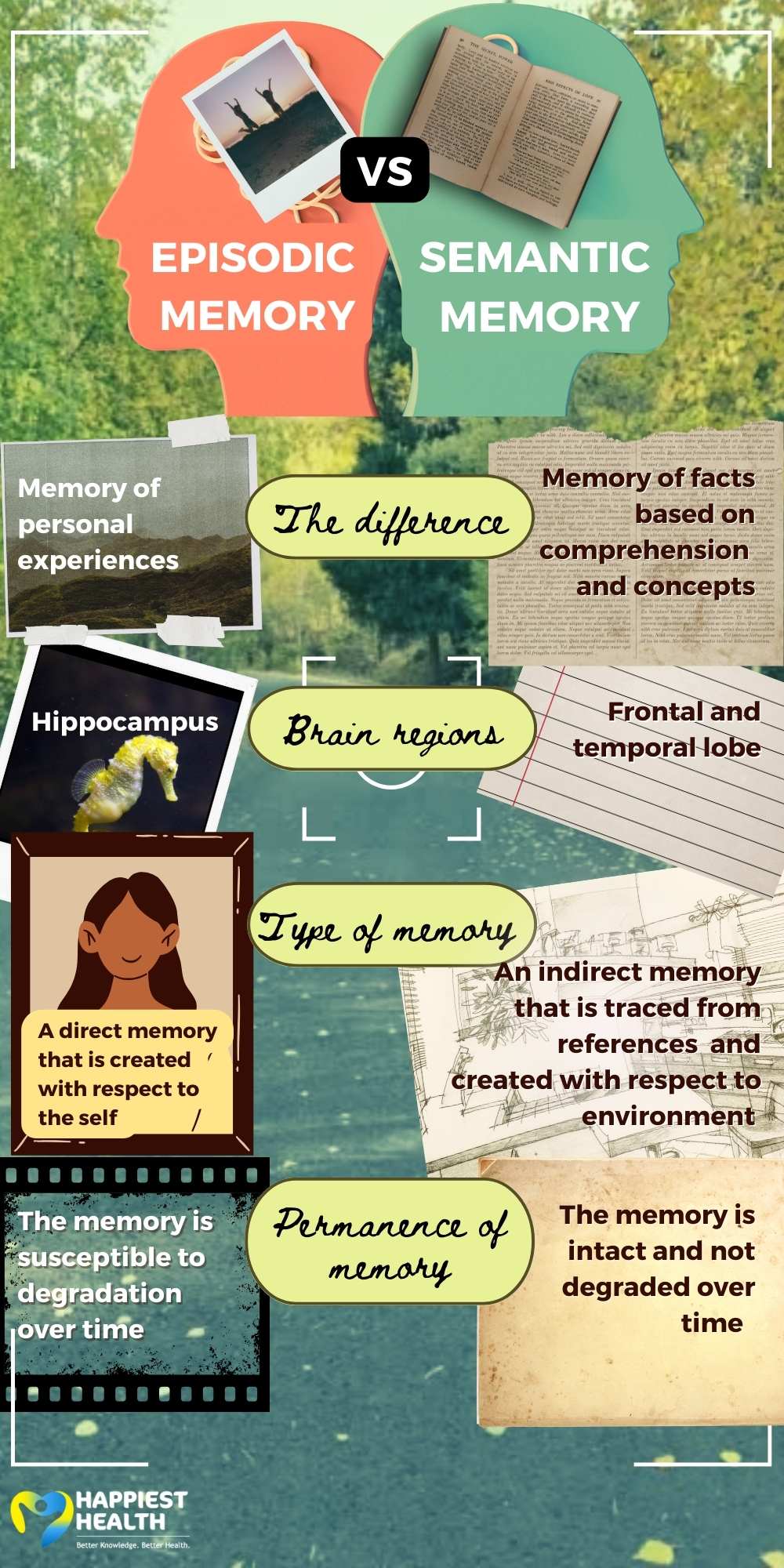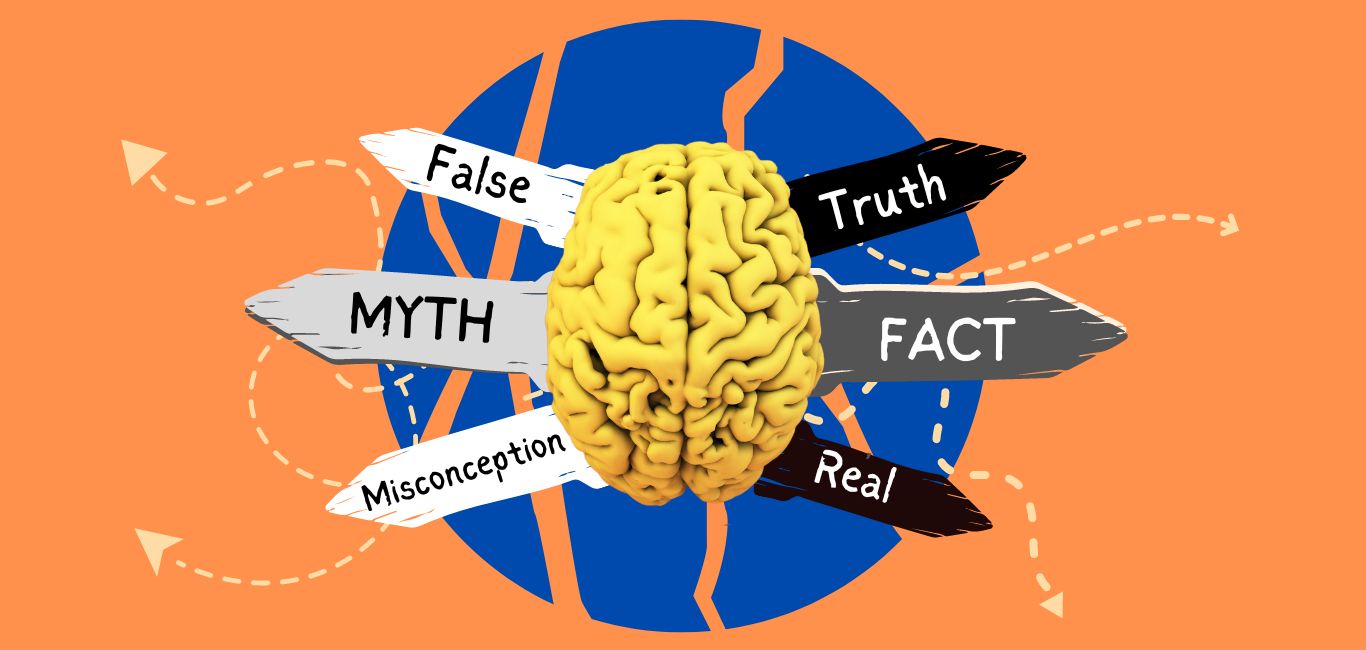Memory is entrenched in our personality. It is not a one-dimensional entity but an intricate mix of different types of memory and the basis of our emotions and actions. Episodic and semantic memory are two types of memory, functioning differently and involving distinct neural mechanisms.
Semantic memory or conceptual memory is created on subject matter. It is based on facts we come across through learning, like scientific facts, history and books we read. Whereas episodic memory, sometimes referred to as autobiographical memory, is created based on our experiences.
Dr Emmanuel A Stamatakis, a neurologist from Cambridge University, explains the differences between episodic and semantic memory, with an example of a mobile phone. “We all understand [this is] a phone. That is semantic memory, but the episodic memory is that all of us have done something different with the phone,” he says.
In other words, the fact of a phone is semantic memory. The seat of this logical and executive memory is the frontal and temporal lobe which are regions of the brain that are also hubs of executive function in the brain.
Our experience of using the phone to call people and using different apps is episodic memory. The hippocampus is the seat of episodic memory, which also explains why in dementia and Alzheimer’s, where the hippocampal neurons are lost, contribute to the loss of personal memories.
While both memories rely on some interdependence, scientists have found that they also have some exclusivity. It explains how sometimes the memory of an event helps tap into factual information about the event. Damage to the medial temporal lobe and hippocampus has been seen to leave language and semantic memory intact.
However, the interdependency of both memories is key to long-term memory formation. Both episodic and semantic memory are a result of specific brain activity and contribute to the bigger canvas of ‘declarative memory’, or memory that is consciously recollected.

















